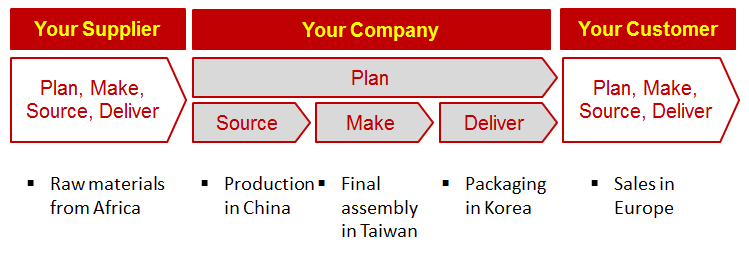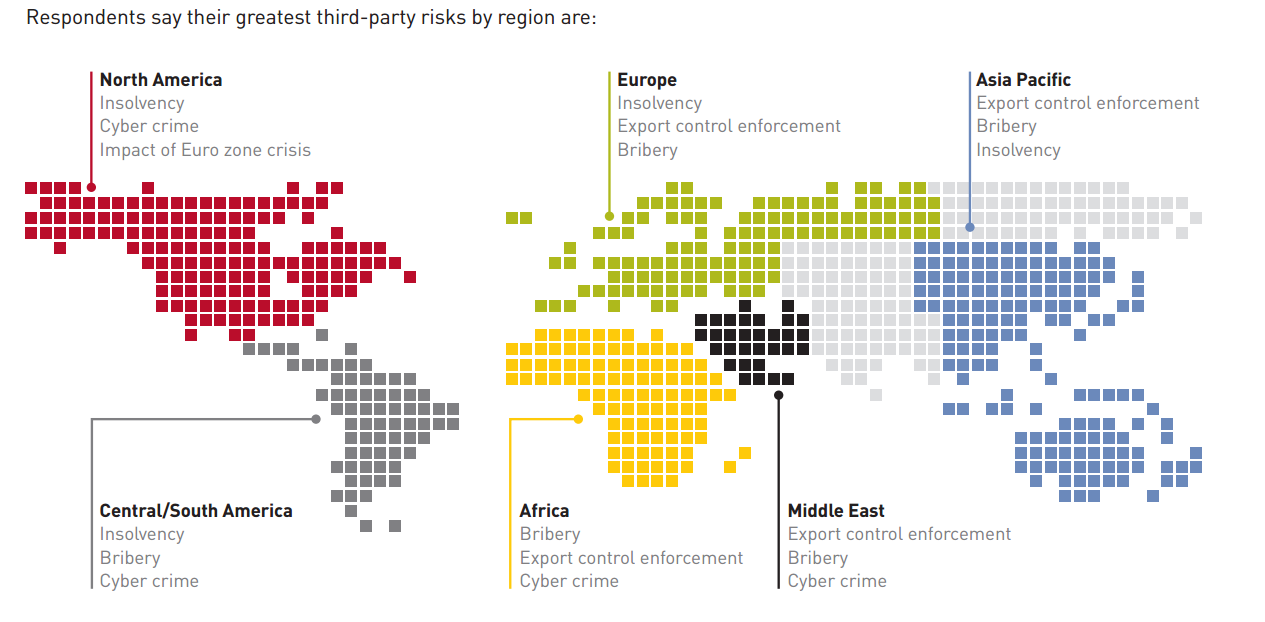Yes, that’s right. . . supply chain
Many of us don’t think of supply chain in our day-to-day life. Instead, we go to the store or order something online and expect it to be available. Welcome to life in the rich North. So, 2020 was a milestone year for many reasons – including recurring supply chain issues. It’s the first time in recent memory when its was hard to get some things – be
Supply chain = making stuff and moving stuff. Wherever you live in the world, you experienced “stock outs” where inventory was not available – think masks, vaccines, beef, toilet paper, etc. . For those of in the US, we are not used to that. We are used to Costco shelves stocked high and Amazon delivery in 2 days. So, 2020 was a rude awakening that – whoa – the inexorably tide of globalization can actually, umm. . . slow?
For anyone who read The World is Flat (affiliate link) by Thomas Friedman in 2005 (or today), it’s a foregone conclusion that globalization and international trade are here to stay. The US is blessed for many reasons and among them is the fact that products make their way to us through dozens countries, factories, airports, trains, ships, and hands; it’s common to get persimmons from Israel and grapes from Chile in the same aisle of the grocery store. C’est rein.
Supply chain is about Place
In the digital-first world we live in, it’s too easy to forget that physical products – well, don’t come from the Internet factory. It’s a chain of transactions and thoughtful people and businesses creating a relay-race of value that magically appears on your doorstep. Wouldn’t be surprised if a 3 year-old mistakenly thought that “Amazon” was like Santa Claus who had a productive workshop of elves. No reindeer and sled. Instead a grey Mercedes sprinter van with Prime written on the side.
Note: Planet money has a wonderful podcast series about the entire process of making a t-shirt from the cotton to the yarn to the t shirt to the shipment. Your imagination will travel from the US, Columbia, and Africa. Worth your time here.
Supply chain is about trust
The opposite of supply chain is complete vertical integration; you own everything from start to finish. No need to trust, rely, ask for anything because you do it all yourself. First, that’s impractical. Second, that’s expensive. Third, what? Are you stuck in the 1200s? The invisible hand? Trade? Comparative advantage?
How can suppliers, manufacturers, distributors, governments, and customers all trust each other? Well, they
It’s trust, confidence, track-record, contracts, and due dates.
Relationships that are more complicated, further removed, and increasingly risky. As those physical and contractual linkages expand father from corporate headquarters into less-developed markets, companies are exposed to more volatility. In the example below, the company has a supply chain that spans multiple countries and partners. It’s a complex world.

How to mitigate that risk?
The professionals best able to describe, advise and protect against supply chain risk are not consultants, but lawyers. Think about it. There are a dozen different types of risk: political, economic, currency, supplier insolvency, bribery, corruption, counterfeits, gray market diversion, and weather to name a few.
It’s contracts and relationships that keep trade flowing. Billions of dollars of good, services, and money trade hands daily because there are rules: commonly accepted practices, protocols, contracts, and the enforcement of law.
Consultants need to find answers anywhere
As lateral thinkers, consultants need to be willing, humble, and eager enough to look for answers anywhere. Baker & McKenzie is one of the world’s largest law firms. It’s a name worth remembering and they have lots of supply chain-related research here.
From one of their reports entitled, The Companies Your Keep: Global Supply Chain Management: Five Steps to Managing Third-Party Risk:
5 Areas of Focus
Like a good consultant would, Baker & McKenzie break their report into clearly defined pieces which makes it easy to read and reference:
- Vetting and selecting
- Structuring and documenting
- Training and education
- Monitoring and evaluating
- Reacting and remedying
They hired a consultancy to survey 100 executives and they uncovered a wealth of street-smart advice that anyone in procurement, export/import, or international markets should pay attention to. In fact, much of these best practices apply to any supplier-customer relationship, regardless of the geographic scope or scale. Reading through the recommendations it is a good blend of supply chain, legal, and business advice.
The top three risks listed by geography.
The bullet are a sample from the Baker & McKenzie report. My comments are in blue.
- “Use your RFP process to secure commitments from suppliers/partners that address your greatest legal risks while the process is still competitive.” Think ahead and put your risk-related concerns on the table early in the negotiations and the relationship. During the RFP process, all vendors want your business, and will be eager to satisfy your requirements (especially if they perceive it to be unrelated to pricing)
- “Check references and conduct in-person interviews with key partners in high-risk jurisdictions, particularly in less transparent markets.” This advice applies to any procurement that is strategic, high-risk or potential point of failure.
- “Develop a checklist of legal and risk-related questions for your procurement officers.” Collaboration between the legal department and supply chain is critical, and yet often ignored for more “pressing” problems.
- “Work backwards.” All supplier, distributor relationships are not of the same importance or risk. Create a 2 x 2 matrix, evaluating the potential impact vs. risk. Prioritize those with the biggest impact and highest risk.
- “Keep your contracts current.” Obvious, but many Fortune 500 do this poorly.
- “Take a step back and look for patterns.” Incredibly deep and strategic point. Find the trends and “white spaces” which the current legal and supply chain processes are not catching. What is falling through the cracks? If these trends continue, what does that imply? How can we get ahead of the issues?
- “Include breach notice provisions and check to make sure the third-party supplier/provider can pay the liability limit if a breach occurs.” This is the kind of detail that management consultants might miss. Does the supplier have the ability to pay future damages and does the contract have the “breach notice provisions” to enforce the compensation?
- “Consider using local law or similar laws to govern your contract in markets where.” This was a key point made throughout the report. Think local.
- “Consider using outside counsel for third-party audits.” While this certainly makes sense, it is also a good idea to hire Baker & McKenzie for the work. . .
- “Use that information to revise your contracts, protocols and processes to keep the problem from reoccurring.” As a consultant who firmly believes in continuous improvement, this hit home. Get better. Don’t repeat the same mistake twice. Refine the supply chain process so it protects you.
Related posts:

